Home>Gardening & Outdoor>Landscaping Ideas>What Type Of Sand For Lawns
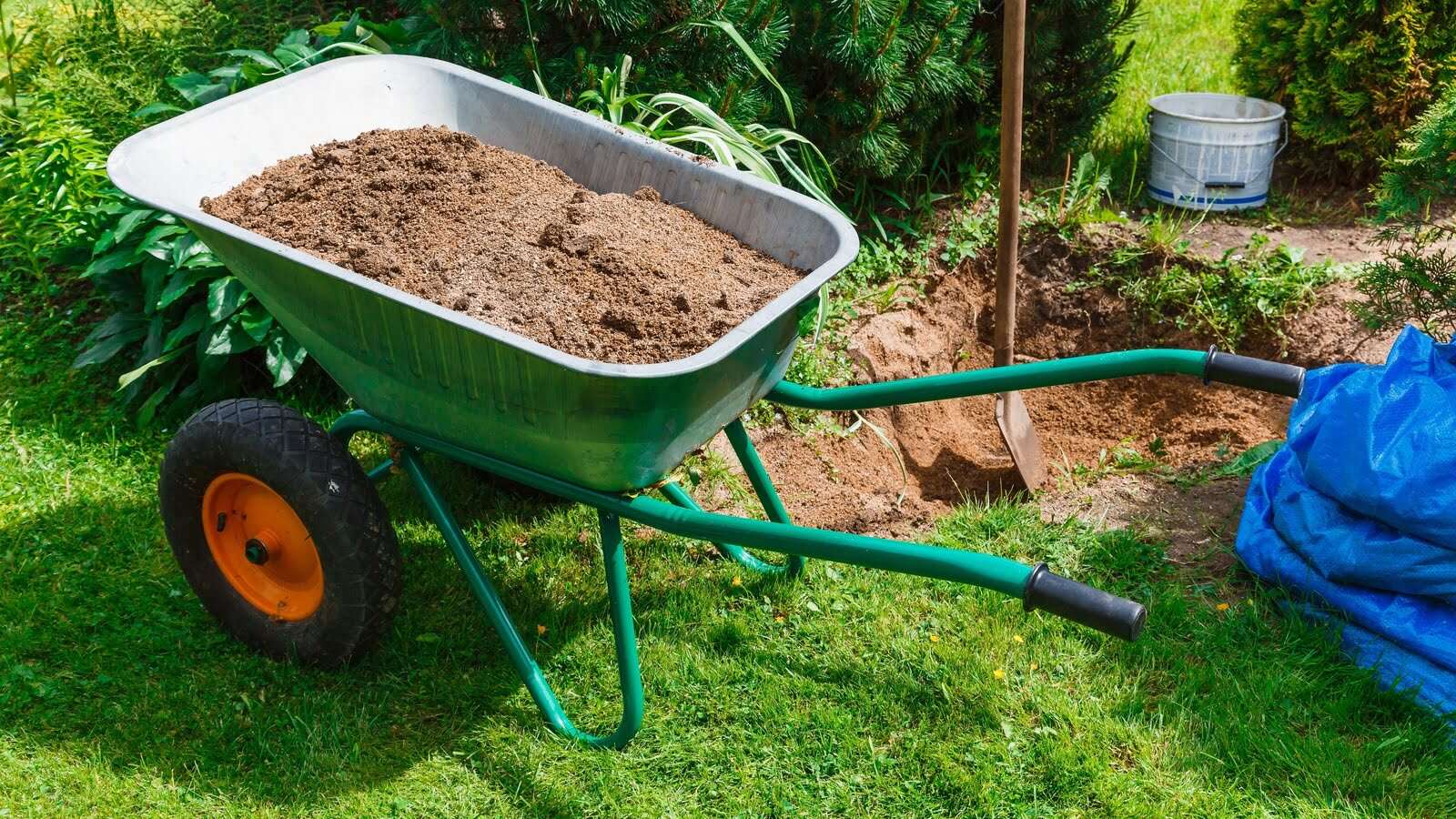

Landscaping Ideas
What Type Of Sand For Lawns
Published: December 26, 2023
Discover the best sand for your lawn with our expert landscaping ideas. Find the perfect type of sand to enhance your outdoor space.
(Many of the links in this article redirect to a specific reviewed product. Your purchase of these products through affiliate links helps to generate commission for Storables.com, at no extra cost. Learn more)
Introduction
When it comes to maintaining a lush and healthy lawn, many homeowners focus on watering, mowing, and fertilizing. However, one often overlooked yet beneficial practice is incorporating sand into the lawn care routine. The strategic use of sand can help improve soil structure, enhance drainage, and promote healthy root growth in your lawn. In this article, we will explore the various benefits of using sand for lawns, the different types of sand suitable for this purpose, important factors to consider when choosing sand, and the best practices for applying sand to your lawn.
Whether you’re dealing with compacted soil, poor drainage, or simply aiming to boost the overall health and appearance of your lawn, understanding the role of sand in lawn maintenance can be a game-changer. So, let’s delve into the world of sand and discover how it can elevate your lawn care efforts to new heights.
Key Takeaways:
- Using sand for lawns can improve soil aeration, enhance drainage, and promote healthy root growth, leading to a lush and resilient lawn.
- When choosing sand for your lawn, consider factors like soil composition, drainage needs, and local availability to make informed decisions for optimal results.
Read more: What Type Of Sand For Fake Grass
Benefits of Using Sand for Lawns
Integrating sand into your lawn care regimen offers a multitude of benefits that can contribute to the overall health and vibrancy of your grass and soil. Here are some key advantages of using sand for lawns:
- Improved Soil Aeration: Sand aids in loosening compacted soil, allowing air to circulate more freely. This promotes better oxygenation of the soil, which is essential for root respiration and overall plant health.
- Enhanced Drainage: One of the most significant benefits of incorporating sand into lawns is its ability to improve drainage. Sandy soil has larger particles, which create larger pore spaces, enabling water to infiltrate the soil more effectively. This reduces the risk of waterlogging and associated issues such as root rot and fungal diseases.
- Reduced Soil Compaction: Over time, soil can become compacted due to foot traffic, heavy machinery, or natural settling. The addition of sand helps to alleviate compaction, allowing grass roots to penetrate deeper into the soil and access essential nutrients and moisture.
- Enhanced Root Development: Sand encourages the development of a robust and extensive root system. As roots encounter less resistance in sandy soil, they can spread more easily, anchoring the grass securely and improving its ability to withstand stressors such as drought and foot traffic.
- Improved Fertilizer Efficiency: When combined with organic matter, sand can enhance the effectiveness of fertilizers by facilitating their penetration into the soil and reducing nutrient leaching. This can lead to more efficient nutrient uptake by the grass, promoting healthy growth and vibrant greenery.
- Enhanced Seedbed Preparation: Incorporating sand into the soil before seeding can create an optimal environment for germination and seedling establishment. The improved soil structure and drainage provided by sand can contribute to more successful and uniform seedling emergence.
By leveraging these benefits, homeowners can transform the health and resilience of their lawns, fostering a thriving outdoor space that is both visually appealing and environmentally beneficial.
Types of Sand for Lawns
Not all sands are created equal, and choosing the right type of sand for your lawn is crucial to achieving the desired results. Here are some common types of sand suitable for lawn applications:
- Sharp Sand: Also known as coarse sand, sharp sand consists of larger particles that provide excellent drainage properties. It is ideal for improving soil structure, especially in clay-heavy soils, and can aid in preventing waterlogging.
- Silver Sand: This fine-textured sand is often used for top-dressing lawns and filling low spots. It is well-suited for enhancing soil drainage and can be blended with other materials for leveling uneven surfaces.
- Play Sand: Typically used in children’s sandboxes and for recreational purposes, play sand is clean, finely graded, and free of impurities. It can be utilized in lawn projects that require finer particles for leveling or top-dressing.
- Builder’s Sand: This versatile sand is commonly employed in construction but can also serve as a valuable component in lawn care. With its moderate coarseness, builder’s sand aids in improving drainage and soil aeration.
- Washed Sand: As the name suggests, washed sand has been thoroughly cleansed to remove impurities and ensure uniform particle size. It is an excellent choice for blending with soil to enhance drainage and create a more favorable growing environment for grass.
Each type of sand offers distinct characteristics that make it suitable for specific lawn improvement tasks. By understanding the unique properties of these sands, homeowners can make informed decisions when selecting the most appropriate option for their lawn care needs.
When choosing sand for your lawn, look for a coarse, sharp sand with a mix of different particle sizes. Avoid fine sand, as it can lead to compaction and drainage issues.
Factors to Consider When Choosing Sand for Lawns
When selecting sand for your lawn, several important factors should be taken into account to ensure optimal results. Consider the following aspects before making your choice:
- Soil Composition: Assess the existing soil composition in your lawn. If the soil is predominantly clayey and prone to compaction and poor drainage, a coarser sand such as sharp sand may be beneficial for improving aeration and water infiltration.
- Drainage Needs: Evaluate the drainage requirements of your lawn. Areas with poor drainage or a tendency for waterlogging may benefit from the incorporation of sand with superior drainage properties, such as washed sand or silver sand.
- Leveling and Top-Dressing: If your primary goal is to level uneven surfaces or top-dress the lawn to enhance smoothness and appearance, a finer sand like silver sand or play sand may be more suitable for these cosmetic applications.
- Compatibility with Soil Amendments: Consider any soil amendments or organic matter you plan to incorporate. Some sands may interact differently with organic materials, affecting their overall performance in the soil.
- Local Availability: Explore the availability of different types of sand in your local area. Opting for a sand variety that is readily accessible can simplify the procurement process and reduce associated costs.
- Environmental Impact: Consider the environmental implications of using specific types of sand. Opt for sands that are free from harmful contaminants and environmentally sustainable, promoting the long-term health of your lawn and surrounding ecosystem.
By carefully considering these factors, you can make an informed decision regarding the most suitable type of sand for your lawn, aligning with your specific soil conditions, drainage requirements, and landscaping objectives.
How to Apply Sand to Your Lawn
Applying sand to your lawn involves a systematic approach to ensure effective integration and optimal results. Follow these steps to successfully incorporate sand into your lawn care regimen:
- Assess the Soil: Begin by evaluating the current condition of your lawn’s soil. Identify areas that exhibit poor drainage, compaction, or unevenness, as these are prime candidates for sand application.
- Choose the Right Sand: Select the appropriate type of sand based on the specific needs of your lawn, considering factors such as soil composition, drainage requirements, and desired outcomes.
- Prepare the Area: Clear the targeted areas of debris, thatch, and any existing vegetation to create a clean surface for the sand application. This may involve mowing the grass to a suitable height and raking the area to remove any obstructions.
- Spread the Sand: Using a shovel, spread the sand evenly over the designated areas, ensuring consistent coverage. For larger areas, a lawn spreader can facilitate a more uniform application of the sand.
- Work the Sand into the Soil: Once the sand is distributed, use a rake or garden fork to work it into the soil. This helps integrate the sand with the existing topsoil and promotes better soil structure and drainage.
- Level and Compact: If your objective includes leveling uneven surfaces, use a leveling rake or board to smooth the sand and achieve the desired contours. Lightly compact the sand with a roller to ensure firm contact with the soil.
- Water the Area: After applying the sand, thoroughly water the treated areas to help settle the sand and initiate the process of soil integration. This also aids in removing any excess sand from the grass blades and facilitates its percolation into the soil.
- Monitor and Maintain: Regularly monitor the treated areas to assess the impact of the sand application. Over time, observe improvements in soil aeration, drainage, and the overall health of the grass. Adjust your lawn care practices as needed to maintain the desired soil condition and grass vitality.
By following these steps, you can effectively introduce sand into your lawn maintenance routine, addressing specific soil challenges and promoting a healthier, more resilient turf.
Read more: What Is The Best Type Of Grass For A Lawn
Conclusion
Integrating sand into your lawn care practices can yield a myriad of benefits, from enhancing soil structure and drainage to promoting healthy root development and overall turf vigor. By understanding the diverse types of sand available and considering key factors such as soil composition, drainage needs, and local availability, homeowners can make informed decisions when selecting the most suitable sand for their lawns.
When applying sand to your lawn, a systematic approach that includes soil assessment, proper sand selection, thorough preparation, and diligent application is crucial to achieving the desired outcomes. Whether you aim to alleviate soil compaction, improve drainage, or level uneven surfaces, the strategic incorporation of sand can significantly contribute to the health and aesthetics of your lawn.
As you embark on this journey of enhancing your lawn with sand, remember to monitor the treated areas and adapt your maintenance practices to sustain the benefits over time. By doing so, you can create an environment where your grass thrives, exhibiting resilience, lushness, and overall vitality.
Incorporating sand into your lawn care routine is a valuable investment in the long-term health and beauty of your outdoor space. With the right knowledge and approach, you can harness the transformative power of sand to cultivate a vibrant and resilient lawn that becomes the envy of the neighborhood.
Frequently Asked Questions about What Type Of Sand For Lawns
Was this page helpful?
At Storables.com, we guarantee accurate and reliable information. Our content, validated by Expert Board Contributors, is crafted following stringent Editorial Policies. We're committed to providing you with well-researched, expert-backed insights for all your informational needs.

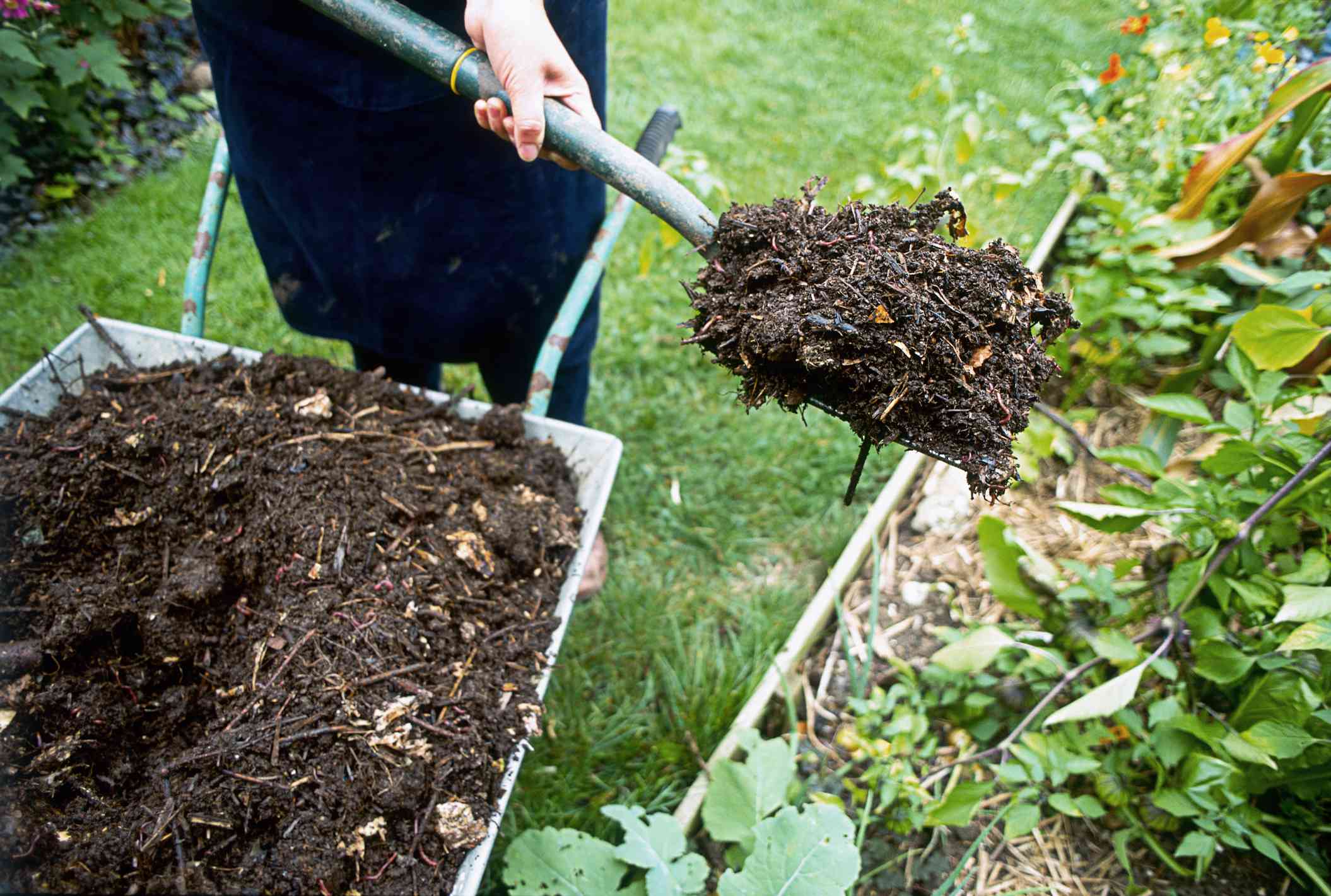
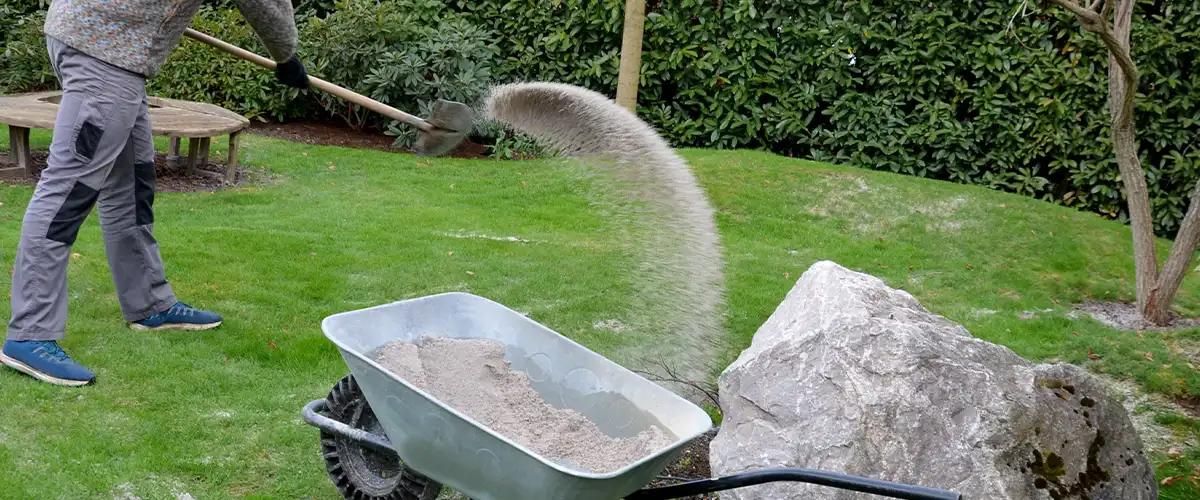
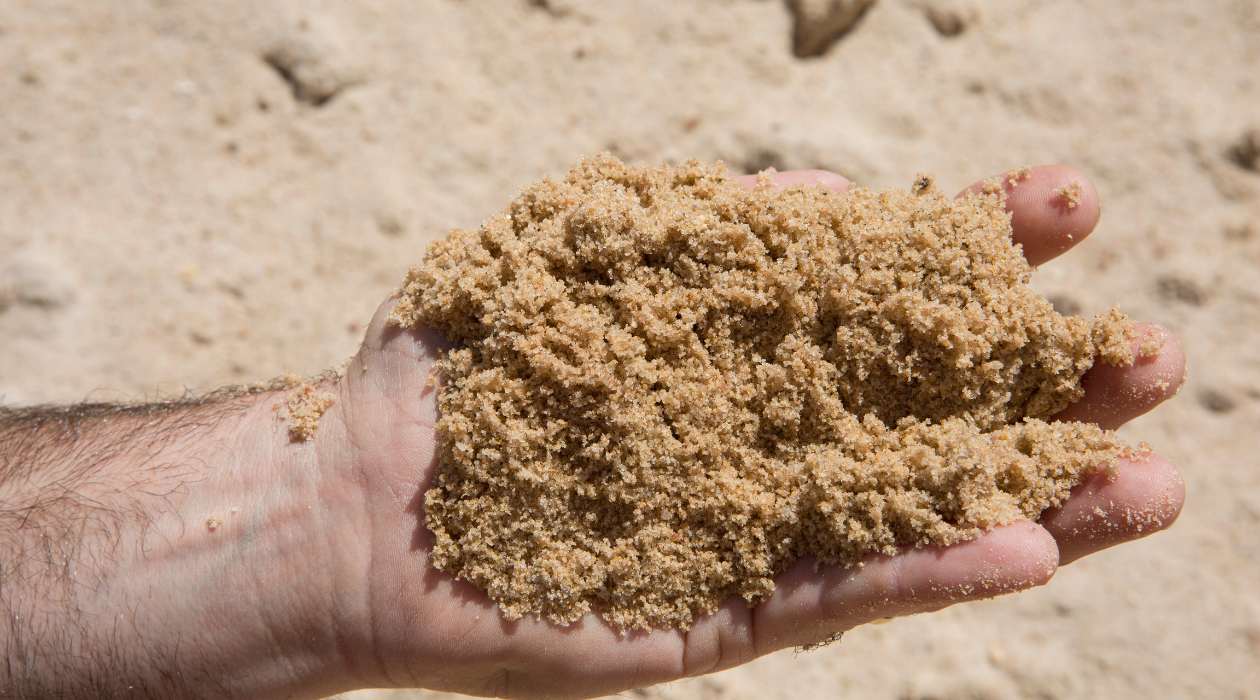
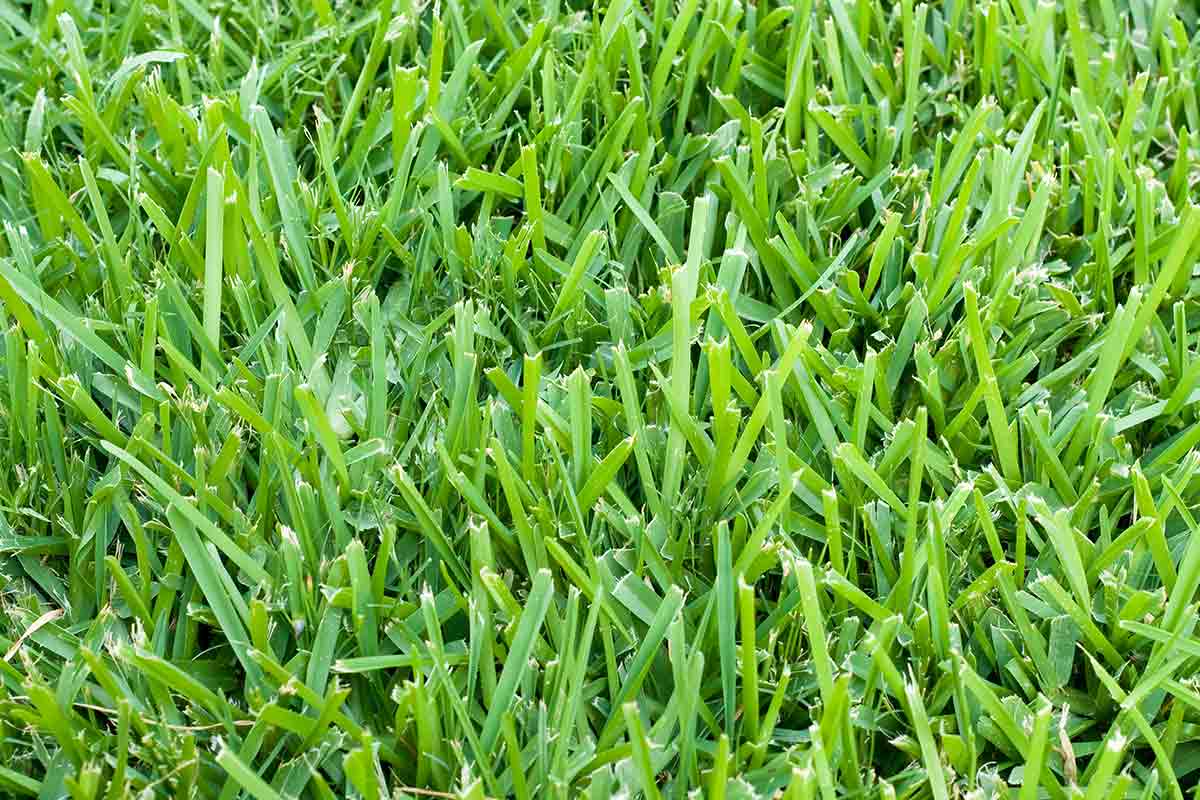


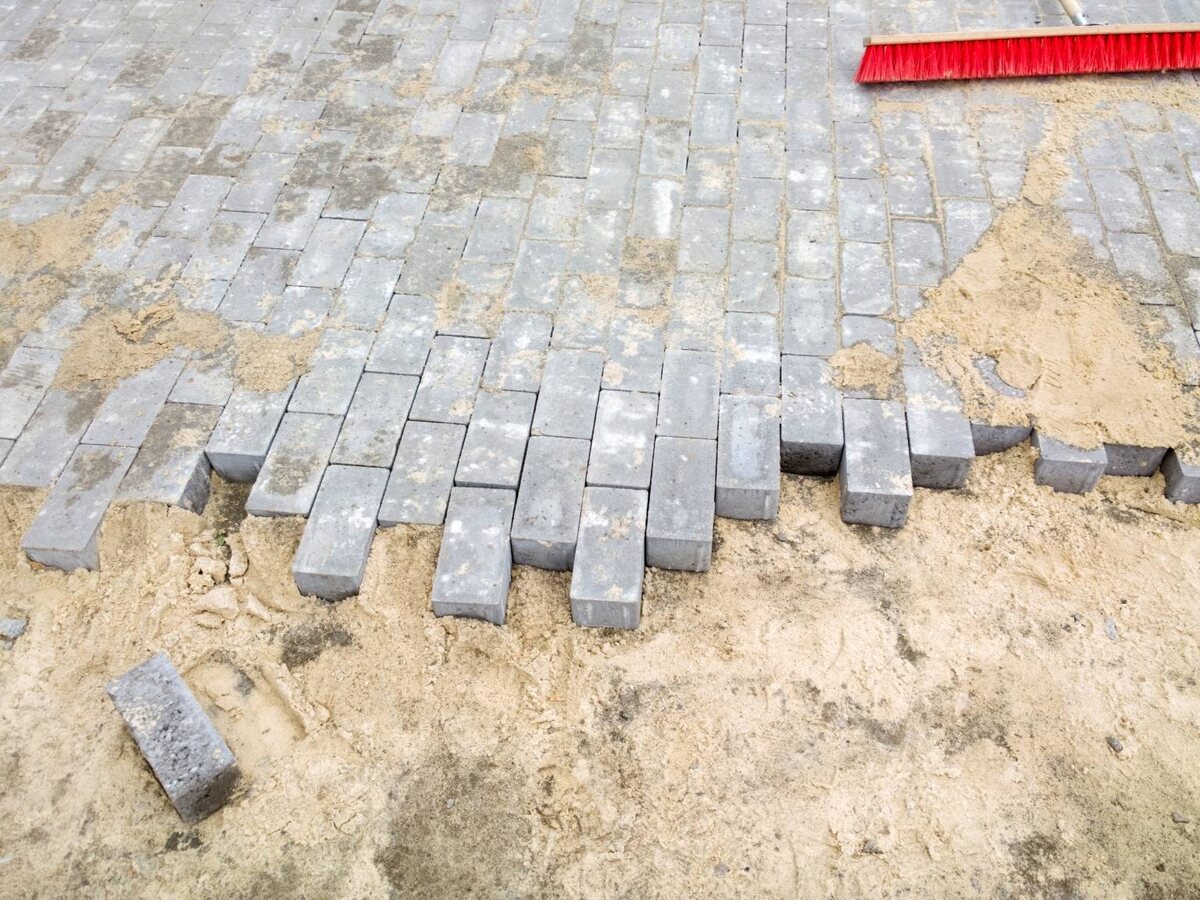

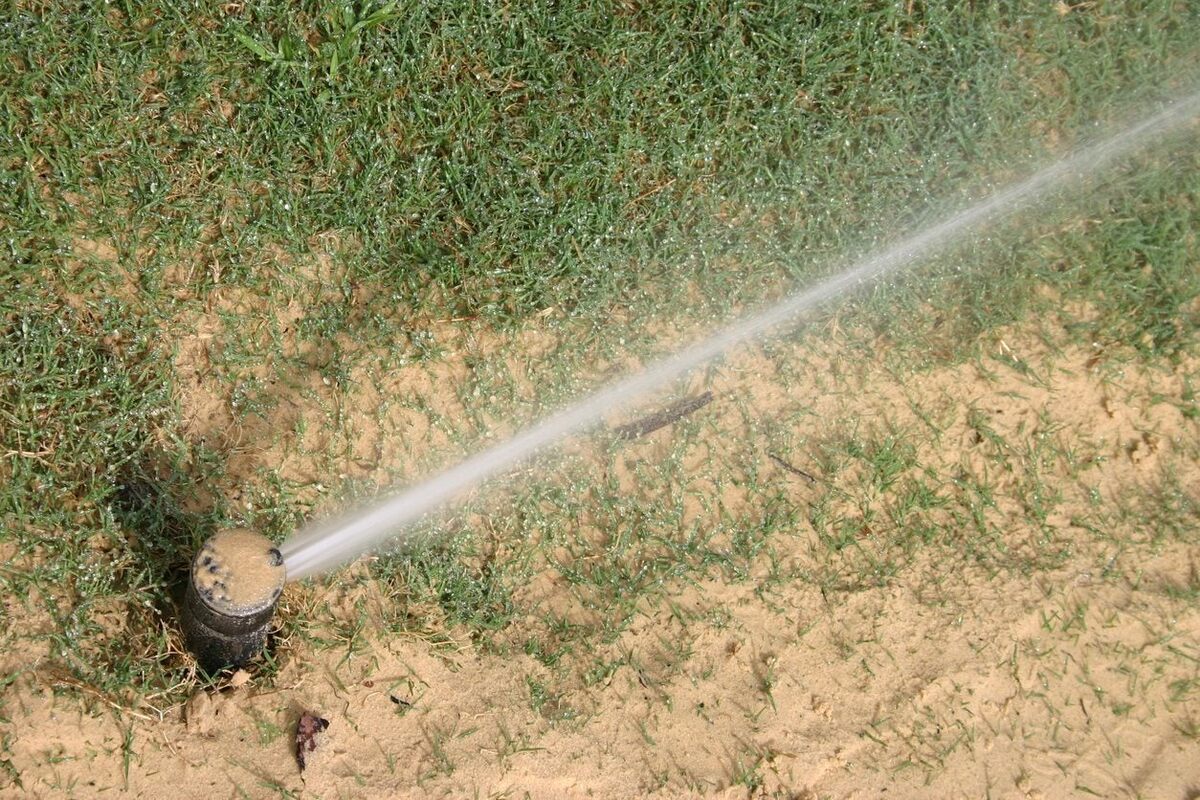
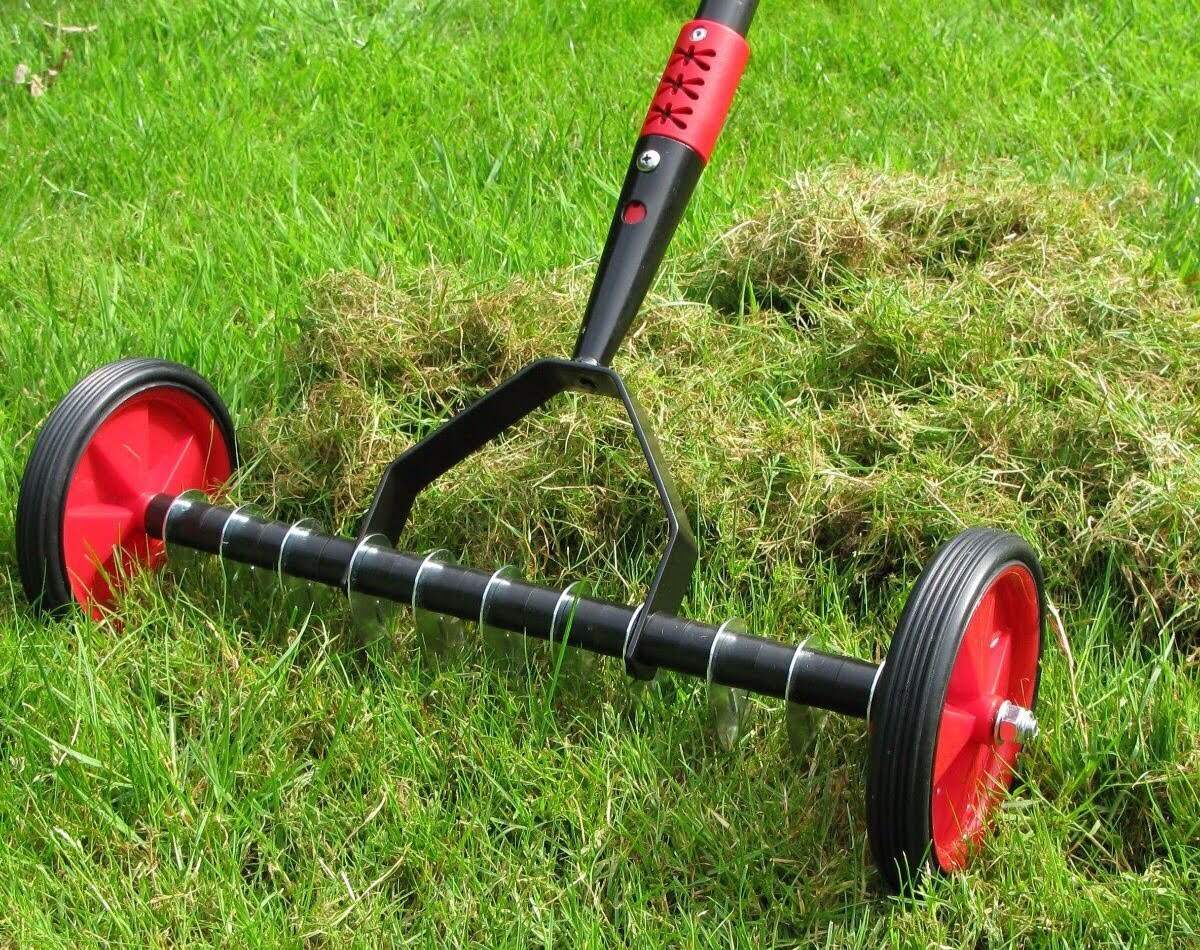




0 thoughts on “What Type Of Sand For Lawns”